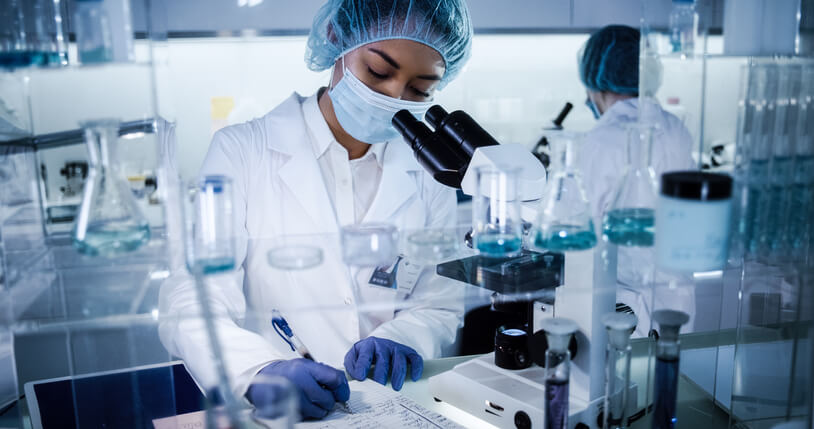Method development plays a critical role in the development life-cycle of every drug or pharmaceutical product. It can distinguish between a drug development process that has run its course or one that has hit the mark. And because of this, only best practices must be followed while carrying it out.
This blog discusses these best practices scientific leaders adopt in pharmaceutical research training programs. If you’re considering a career in this field, the Research and Development – Food and Pharma Post-Graduate Diploma program offered at AAPS might be a good fit for you.
Method Development and Objectives After Pharmaceutical Research Training
Method development is a series of analytical activities undertaken to characterize a drug by testing it against standard acceptance criteria. It is carried out to certify the methods used to evaluate drug potency, purity, and stability for accuracy, safety, and efficacy.
One of the first things you must do in method development is to define your objectives for carrying it out. But this is only once you have chosen the suitable method development technique after pharmaceutical research training. In clear and measurable terms, define the purpose of the method in use, its conditions of use, and acceptance. Then check if it satisfies the sensitivity, specificity, and other relevant test parameters and requirements.

Your goal in method development after pharmaceutical research training is to establish the method objectives
Characterize the Analyte and Other Method Components
It is essential to adequately categorize the analyte of concern to you with its surrounding components. These components—impurities, degradation products, etc., must also be accounted for, and their interactions with the analyte must be adequately mapped.
So, whether you’re using chromatography or spectroscopy to characterize the compound, ensure that every constituent material is detected. Parameters like the analyte’s stability, solubility, and chemistry must be tested under standard conditions and test values. This way, you can ascertain the suitability of the method used for your pharmaceutical application.

The next step is to categorize the analyte after pharmaceutical research training
Document All Relevant Data and Findings
Your method development procedure will take you through several processes and leave you with a data trail to make sense of. So, you must capture all the relevant information resulting from the entire process.
Whether this is results from standard testing procedures or inferences from quality control, ensure to account for every bit of data that goes into the method development process. This way, you can analyze key findings, develop benchmarks, and draw inferences that you can always revert to in the future or present for regulatory checks.

As taught in pharmaceutical research training, document all relevant findings
Validate and Check for the Robustness of the Method
One key part of the method development process is the validation aspect. This is because an analytical method that falls short of standard validation can not be vouched for. So, you must ensure that your method satisfies all provisional and statutory validation criteria before using it.
Check if the method is precise, accurate, linear, sensitive, and specific, and probe further for any signs of variance. If the method ticks all these boxes, you can safely say it is fit for use and that any regulatory radars won’t spot it.
As our pharmaceutical research courses explain, the robustness of a method is a measure of its capacity to remain unchanged after being subjected to small but intentional changes in the method parameters or conditions. It provides valuable insights into a method’s reliability, reproducibility, and sustainability. So you must check your method’s robustness before rolling it out. This way, you can produce consistent and stable results over various test criteria.
Method development is a core subject in AAPS’ Quality Assurance and Quality Control Program. If you’re seeking to expand your understanding of this concept, we recommend exploring our QAQC program.
Are you interested in earning a Pharmaceutical Research diploma?
Contact AAPS to learn how to get started.




